In the fast-paced world of technology, the synergy between 5G (fifth-generation) networks and the Internet of Things (IoT) is poised to usher in a new era of connectivity. As these two transformative technologies converge, they have the potential to reshape industries, enhance daily life, and accelerate the deployment of smart solutions. In this article, we will explore the profound impact of the 5G and IoT synergy and how it is driving the next wave of connectivity.
The Power of 5G: Speed, Low Latency, and Massive Connectivity
Before delving into the synergy with IoT, it’s essential to understand the capabilities of 5G networks. 5G is the fifth generation of wireless technology, succeeding 4G (LTE). It brings several key enhancements to the table:
1. High-speed connectivity: 5G offers dramatically faster data speeds compared to its predecessors. This translates to smoother video streaming, quicker downloads, and lag-free online experiences.
2. Low latency: One of the most significant advantages of 5G is its ultra-low latency, reducing the time it takes for data to travel between devices and the network. This low latency is essential for applications like augmented reality (AR), virtual reality (VR), and autonomous vehicles, where real-time data exchange is critical.
3. Massive device connectivity: 5G networks can handle a significantly larger number of connected devices per unit area, making them ideal for IoT deployments, which often involve countless sensors, smart devices, and machines.
IoT: A World of Connected Possibilities
The Internet of Things encompasses a vast ecosystem of devices, sensors, and systems that communicate and collaborate to provide intelligent insights and automation. IoT has already made its mark in various industries, including healthcare, manufacturing, agriculture, and smart cities. However, its full potential has been somewhat limited by existing connectivity options.
The synergy between 5G and IoT is a game-changer for several reasons:
1. Enhanced bandwidth for data-intensive IoT applications: IoT devices often generate large volumes of data, especially in applications like remote surgery, industrial automation, and video surveillance. 5G’s high bandwidth enables the seamless transmission of this data, opening new possibilities for real-time analytics and decision-making.
2. Low-latency communication: IoT applications that require split-second decisions, such as autonomous vehicles and robotics, benefit immensely from 5G’s low latency. This enables quicker response times and improved safety in critical scenarios.
3. Greater device density: The scalability of 5G means that IoT networks can support an unprecedented number of connected devices within a confined area. This is a boon for smart cities, where thousands of sensors can monitor everything from traffic flow to environmental conditions.
4. Edge computing synergy: 5G networks often work in tandem with edge computing infrastructure. This means that IoT devices can process data locally, reducing latency and minimizing the need for centralized data centers. It’s a more efficient and responsive approach to managing IoT data.
5. Rural and remote connectivity: While 5G is often associated with urban environments, it also has the potential to bridge the digital divide in rural and remote areas. IoT solutions, like precision agriculture and telemedicine, can greatly benefit from 5G’s reach, making these services accessible in previously underserved regions.
Industry Transformations
The synergy between 5G and IoT is already driving significant transformations across various industries:
1. Healthcare: Remote patient monitoring, telemedicine, and surgical robotics are becoming more effective and accessible with the high bandwidth and low latency of 5G.
2. Manufacturing: Smart factories are optimizing production processes with real-time data analytics, predictive maintenance, and AI-powered quality control.
3. Transportation: Autonomous vehicles and smart traffic management systems are leveraging 5G’s low latency to enhance safety and efficiency on the roads.
4. Agriculture: Precision agriculture techniques, enabled by IoT sensors and 5G connectivity, are increasing crop yields and conserving resources.
5. Smart cities: Urban centres are deploying IoT sensors for smarter waste management, efficient energy use, and improved public services, all made possible by 5G.
Startups in this domain:
Jio Platforms: A subsidiary of Reliance Industries, Jio Platforms has played a pivotal role in bringing 4G and 5G connectivity to the masses in India. They are actively working on 5G network infrastructure and have partnered with global technology companies to develop indigenous 5G solutions.
Stellapps Technologies: Stellapps is an IoT-based startup that focuses on dairy farming. They provide end-to-end dairy technology solutions, including farm automation, milk procurement optimization, and supply chain management. Their IoT devices help dairy farmers improve milk production and quality.
Rapidor: Rapidor is a startup specializing in IoT-based logistics and supply chain solutions. They use IoT sensors and real-time data analytics to monitor and optimize the movement of goods, providing cost-effective and efficient logistics solutions.
The Future Beckons
The synergy between 5G and IoT holds immense promise, but it also brings challenges like security, privacy, and infrastructure deployment. These challenges must be addressed to ensure the responsible and widespread adoption of these technologies.
As 5G networks continue to roll out globally and IoT applications become more prevalent, we are on the cusp of a connectivity revolution. The collaboration between these two technological powerhouses is reshaping industries, improving lives, and paving the way for a smarter, more connected future.
Embracing this synergy is not just an option but a necessity in a world where connectivity is the lifeblood of progress.



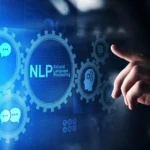
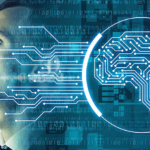



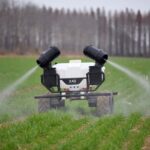
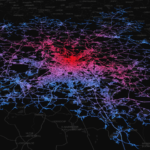




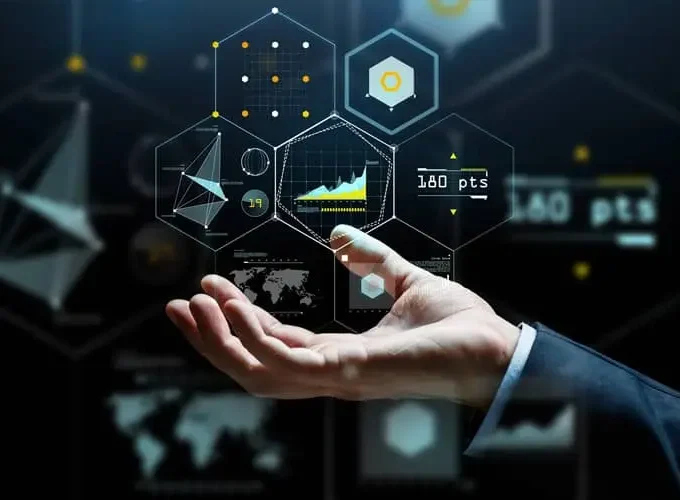
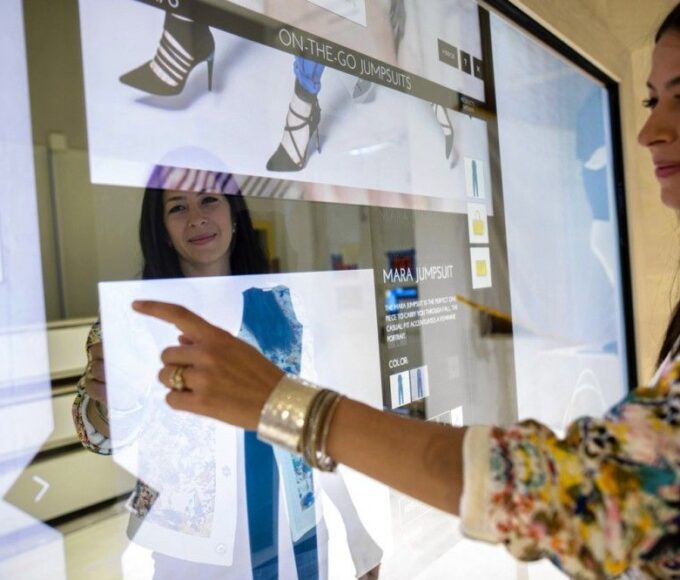
Leave a comment